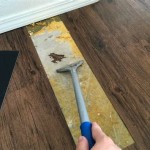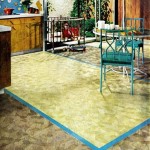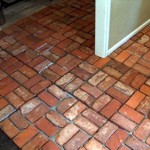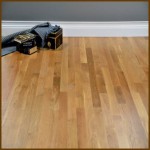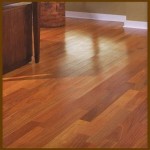Bamboo Flooring for the Kitchen: A Comprehensive Guide
Bamboo flooring has emerged as a popular choice for kitchens due to its exceptional durability, sustainability, and aesthetic appeal. In this comprehensive guide, we'll delve into the essential aspects of bamboo flooring in the kitchen, exploring its advantages, drawbacks, and factors to consider when making a decision.
Advantages of Bamboo Flooring in the Kitchen
- Durability: Bamboo is renowned for its hardness and resistance to wear and tear, making it an excellent choice for high-traffic areas like the kitchen.
- Water Resistance: While not fully waterproof, bamboo flooring is highly water-resistant, making it suitable for areas prone to spills and moisture.
- Sustainability: Bamboo is a rapidly renewable resource, making it an eco-friendly option compared to traditional hardwood flooring.
- Aesthetic Appeal: Bamboo flooring offers a wide range of styles and colors, from natural to carbonized, to complement any kitchen design.
Drawbacks of Bamboo Flooring in the Kitchen
- Prone to Scratches: While durable, bamboo flooring can be susceptible to scratches from sharp objects, especially if not properly protected with area rugs or mats.
- Not Fully Waterproof: While water-resistant, bamboo flooring is not completely waterproof and can be damaged by prolonged exposure to water.
- Cost: Bamboo flooring can be more expensive than some traditional flooring options, such as vinyl or laminate.
Factors to Consider When Choosing Bamboo Flooring for the Kitchen
- Density: Look for bamboo flooring with a high density, as it is more durable and less prone to damage.
- Finish: Choose a finish that provides additional protection against wear and scratches, such as a polyurethane or aluminum oxide finish.
- Installation: Bamboo flooring can be installed as a floating floor or glued down. Floating floors are easier to install, but glued-down floors are more secure.
Maintenance and Care
To ensure the longevity of your bamboo flooring, follow these maintenance tips:
- Sweep or vacuum regularly to remove dirt and debris.
- Wipe up spills immediately using a damp cloth.
- Use a pH-neutral cleaner specifically designed for bamboo flooring.
- Avoid using harsh chemicals or abrasive cleaners.
- Place area rugs or mats in high-traffic areas to protect the floor from scratches.
Conclusion
Bamboo flooring offers numerous advantages for kitchens, including durability, water resistance, sustainability, and aesthetic appeal. While it has some drawbacks, such as potential for scratches and cost, careful consideration of factors like density, finish, and maintenance can ensure a beautiful and long-lasting floor.

Bamboo Flooring For The Kitchen

Solid Natural Strand Woven 142mm Bamboo Flooring 1 58m² The Company

Pros And Cons Of Bamboo Flooring

Bamboo Flooring For The Kitchen

Bamboo Flooring For The Kitchen

Bamboo Kitchen Flooring Choosing The Right Floor For Your

Tips On Using Bamboo Flooring In The Kitchen Continental

5 Reasons Portlanders Choose Bamboo Flooring

Bamboo Flooring For The Kitchen

Kitchen Bamboo Floors White Cabinets Design Photos And Ideas Dwell
Related Posts



